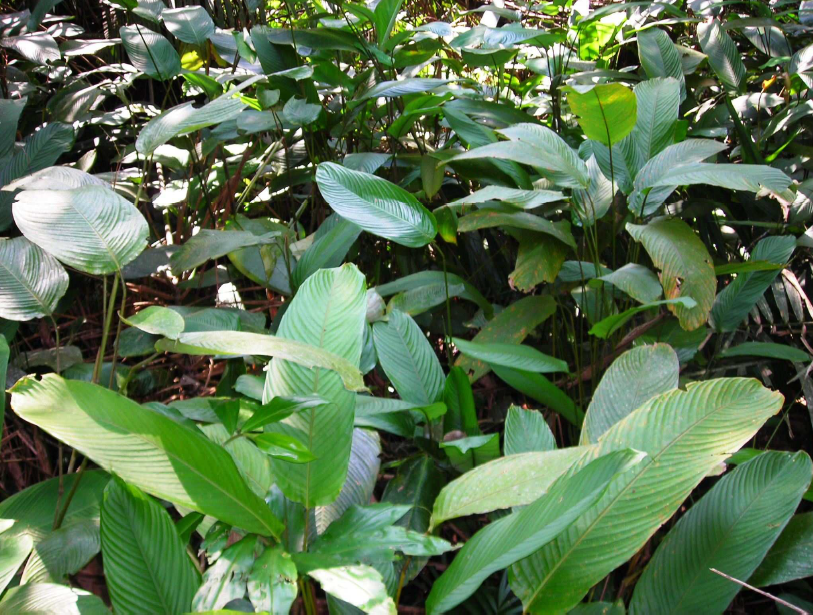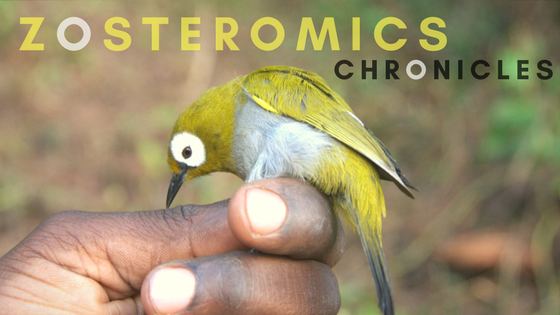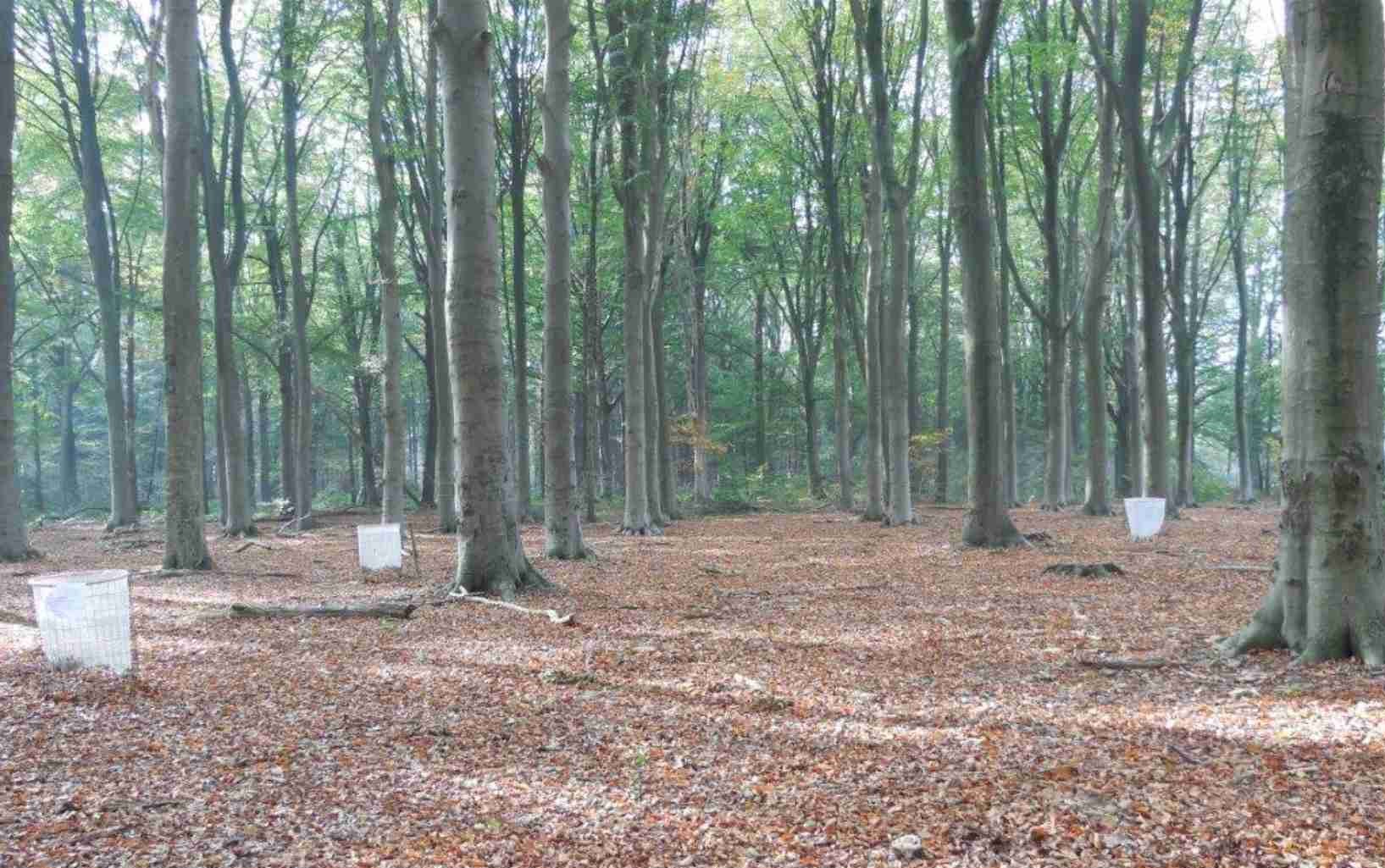What herbs tell us about tropical forest age in Cameroon
This post was led by Jacob Willie
Assessing forest ages can be an important measure for management, yet while temperate forests are generally well studied in this regard tropical systems lack often this knowledge. One would think that simply measuring tree height will already provide a proper estimate, yet the level of uncertainty is particularly high in fast-growing tropical tree species, hence prohibiting reliable estimates to tease apart younger from older successional stages.
Read More »What herbs tell us about tropical forest age in Cameroon





